Swiss home owners rush to save energy
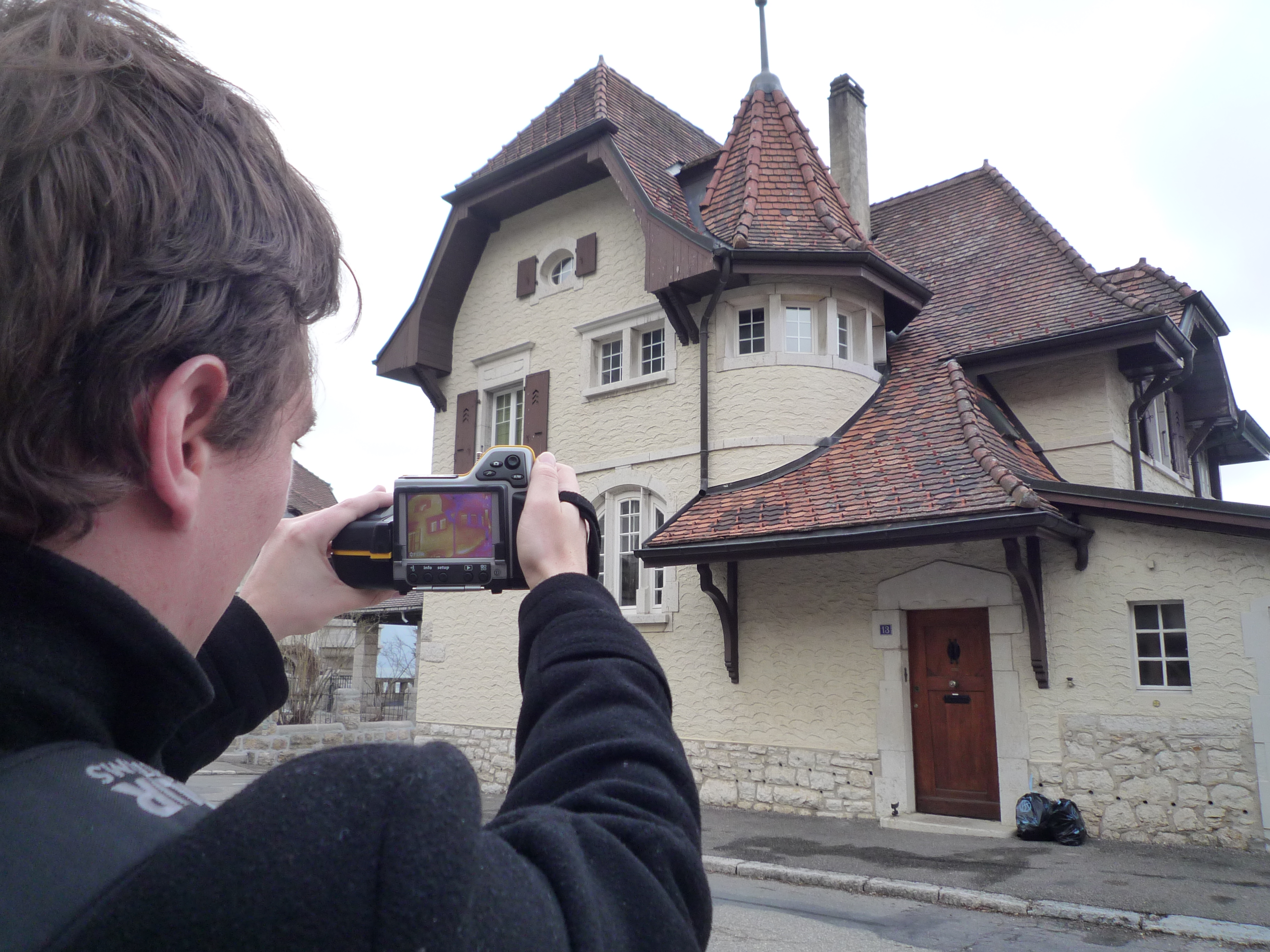
A growing number of home owners in Switzerland are seeking to renovate their buildings to cut energy bills and carbon dioxide emissions.
But the new national ten-year building renovation stimulus programme is oversubscribed and criticised as inadequate. Meanwhile, community energy-saving projects like the one at Cernier in canton Neuchâtel are pushing ahead to become role models.
Applications for federal and cantonal renovation grants under the new “Buildings Programme”, which has been running for just over a year, have exploded: 30,000 in 2010, double the expected figure.
“The Buildings Programme is a true success story,” Beat Vonlanthen, president of the Conference of Cantonal Energy Directors, told reporters in Bern on Thursday.
In all, 26,000 requests have been formally accepted, worth SFr204 million ($223 million).
But the stimulus package is a victim of its own success, as this figure exceeds the SFr133 million available annually to encourage Swiss home owners to insulate walls, floors and roofs, and replace draughty old windows.
The huge demand has forced the authorities to tighten up future allocation criteria. Under new measures from April 1 to eliminate small requests, grants will be awarded for work starting at a minimum of SFr3,000 rather than SFr1,000, and support to replace windows will drop from SFr70 per square metre to SFr40.
“It’s regrettable that we are going slightly in the wrong direction,” Marc Schaffner, head of Neuchâtel’s energy service, told Swiss national television. “Politicians need to be aware of the problems and free up additional funds, especially as people seem willing to invest.”
Stefano Giamboni, an expert with the Swiss environmental engineering office Planair, said it was a shame, but such a move “may incite homeowners to actually do more renovation work”.
“Drop in ocean”
It is estimated that buildings consume and generate over 40 per cent of energy and CO2 in Switzerland. About 1.5 million homes reportedly need urgent renovation work but only between one and two per cent are getting done each year, while public interest is growing.
Switzerland has committed to reducing greenhouse gas emissions by 20 per cent over 1990 levels by 2020, and says 2.2 million tons of CO2 emissions can be saved by energy-saving improvements to buildings.
“The number of people making improvements to their homes has increased dramatically since 2009. People really want to know what they can do themselves,” Patrick Hofstetter of WWF Switzerland told swissinfo.ch. “But the total number is still just a drop in the ocean.”
WWF backs a recent Senate move to raise federal funding of the “Buildings Programme” from SFr200 million to SFr300 million per year, while also seeking an increase in the levy on heating fuel which funds the programme. The House of Representatives still has to vote on the initiative.
This subsidy phase is useful, said Hofstetter, as it helps trigger renovation and develops expertise among small companies. It also prepares the ground for a second regulatory period in 2015-2020, when energy building standards are set to get stricter.
EU project
While individual home owners across Switzerland hesitate whether to take the renovation plunge, a large number of residents in Cernier, canton Neuchâtel, are going much further by participating in a ground-breaking pilot project, known as “Solution”, aimed at securing the community’s energy autonomy by 2014
.
The European Union-backed initiative, which is taking place in similar-sized villages in Austria, Croatia and Finland, has been warmly embraced by the Cernier authorities and population. About 70 home owners, out of a population of 2,000, initially applied for Solution renovation grants, financed by the EU.
Plainair engineers implementing the project are currently completing feasibility studies of 35 public and private buildings where they estimate at least 50 per cent energy savings can be made. Renovation work will then start in the second half of 2011.
In parallel, 50 buildings will be fitted with solar panels and geothermal heat pumps. The village will be hooked up to a nearby wind turbine at Gurnigel, which can generate two megawatts of power. A community distance heating system – the biggest in Switzerland – using biogas produced from wood will also be installed.
By 2014 renewable energies should cover 90 per cent of the villagers electricity needs (currently 50 per cent) and 70 per cent of heating needs (currently five per cent).
“The project is very appealing and positive,” Christophe Tivollier, owner of a four-storey 1903 house in the upper part of Cernier, told swissinfo.ch. “It allows us to make savings and have simple solutions to consume differently.”
“People are always hesitant to change but we have to embrace this initiative. I’m certain that Cernier will set a good example for others and that we have to go in this direction.”
As a signatory to the Kyoto Protocol, Switzerland in 1997 committed itself to reducing greenhouse gas emissions. In an initial phase CO2 emissions were to be reduced 10% over 1990 levels by 2010.
The government foresees raising the target to at least a 20% cut in emissions by 2020, partly through a CO2 tax, an emissions trading system and compensation measures outside Switzerland.
Parliament approved the 20% target, but wants cuts to be achieved through measures within Switzerland only. Discussions are continuing on extending the CO2 tax from heating oil, gas and coal to also include petrol.
Environmental groups collected enough signatures for a nationwide vote on separate proposals for a 30% cut in emissions as well as for a ban on SUVs.
The EU, which does not include Switzerland, has also set a 20% emission cut. The 27-nation bloc has set targets for individual member countries and approved a number of measures.
The ten-year “Buildings Programme”, launched in January 2010, is funded by a charge levied on heating oil at a rate of nine cents per litre. One-third of the total amount generated annually, or SFr200 million, goes towards the programme. Of this total, SFr133 million goes towards the renovation of private and public buildings and SFr67 million towards renewable energies. The cantons contribute an additional SFr80-100 million.
The previous Climate Cent Foundation’s Building programme was phased out at the end of 2009. It was succeeded by the Swiss federal and cantonal Buildings Programme.
Under the Climate Cent Foundation’s Building programme 8,750 projects have been supported to the tune of SFr190 million. Between June 2006 and October 2010, 6,750 projects were completed.

In compliance with the JTI standards
More: SWI swissinfo.ch certified by the Journalism Trust Initiative

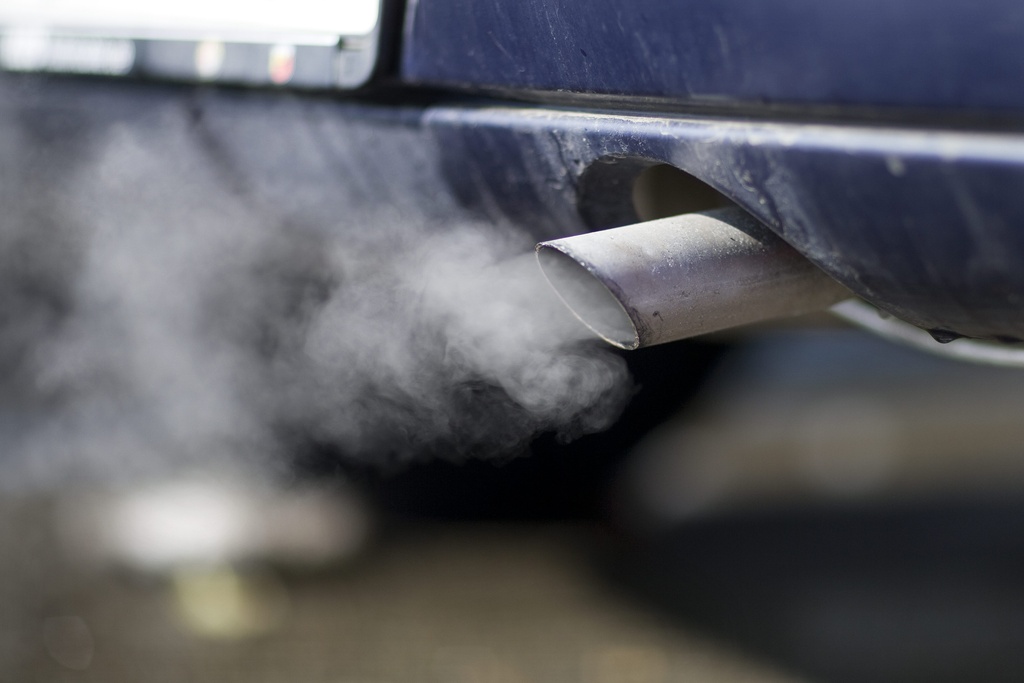

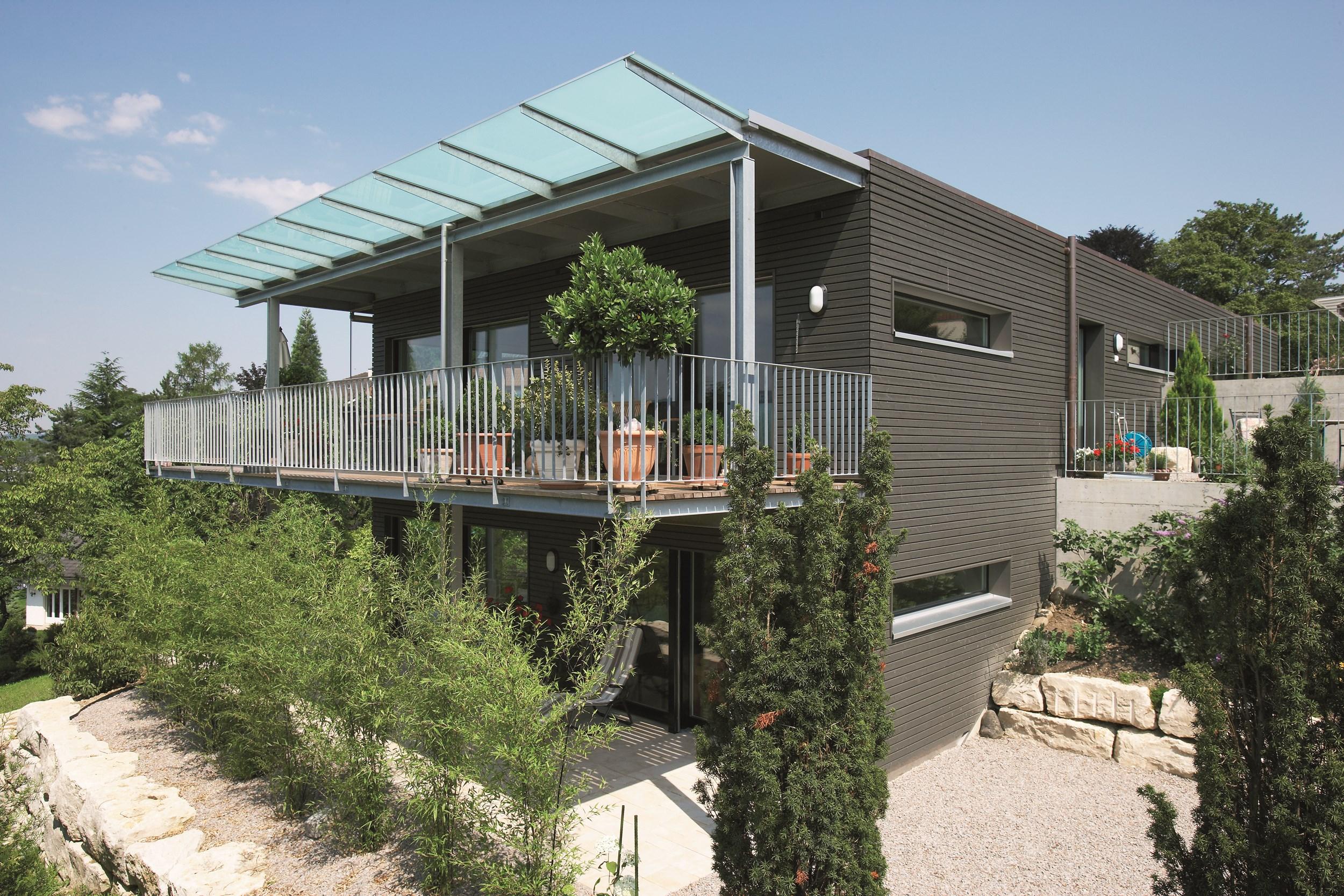
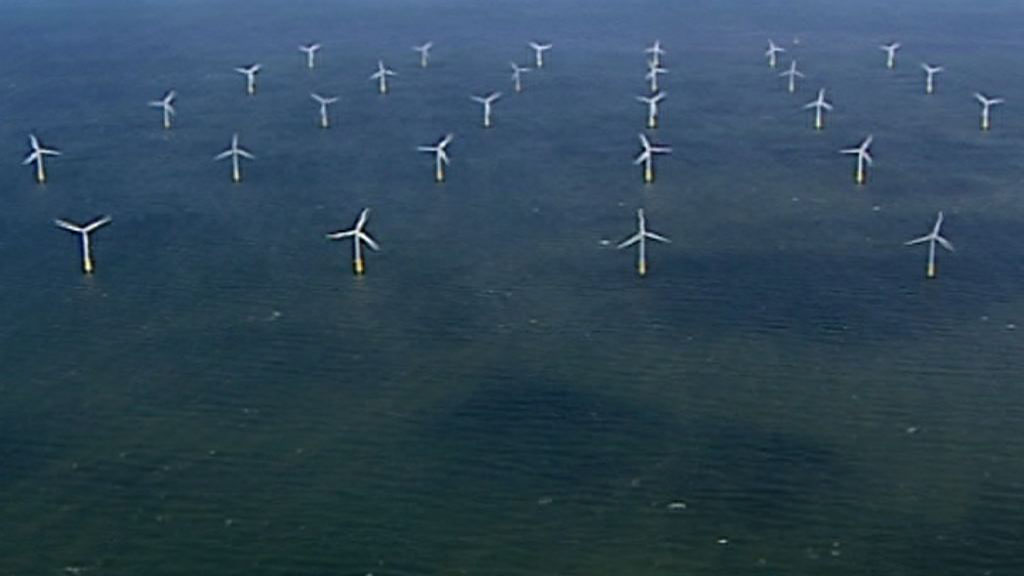
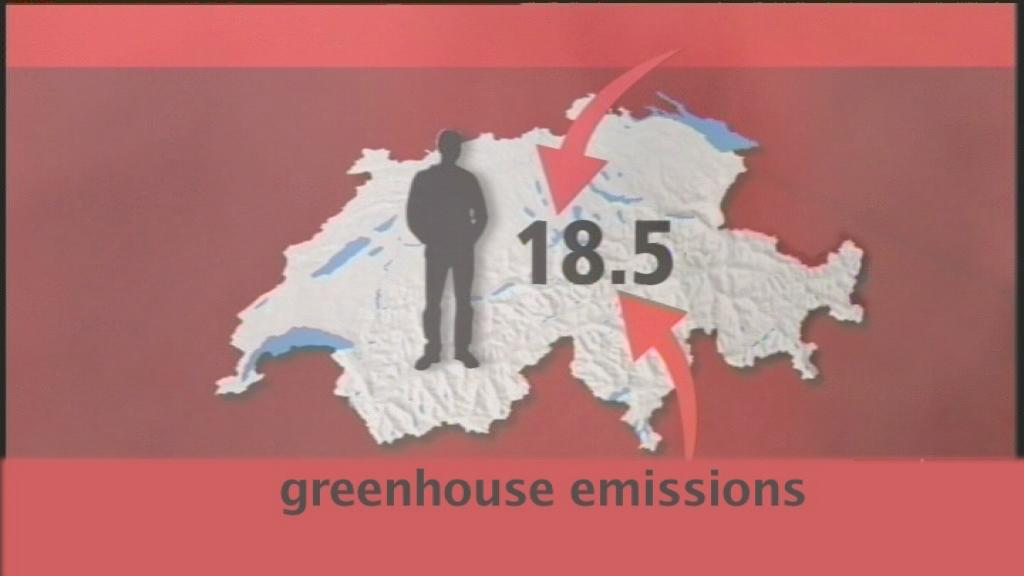
You can find an overview of ongoing debates with our journalists here. Please join us!
If you want to start a conversation about a topic raised in this article or want to report factual errors, email us at english@swissinfo.ch.